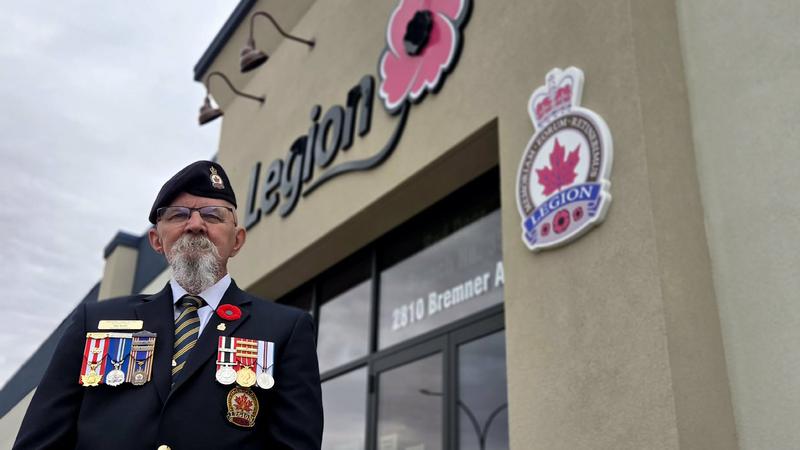
NDP sounds the alarm on ambulance backlog at Red Deer Regional Hospital Centre
Fourteen ambulances with emergency patients were backlogged in the Red Deer Regional Hospital Centre parking lot on April 25, waiting to access the emergency department.
“The UCP’s damage to care is so severe that instead of accessing a hospital, patients are being cared for in a parking lot,” said David Shepherd, NDP critic for Health, in a press release Wednesday. “The province is experiencing an emergency in ambulance wait times right now and having 14 ambulances wait in a hospital parking lot takes them away from responding to other urgent calls.
“I can’t imagine how the patient and EMS crew in that 14th ambulance must have felt as they sat queued up behind 13 others, waiting to get to the emergency room.”


